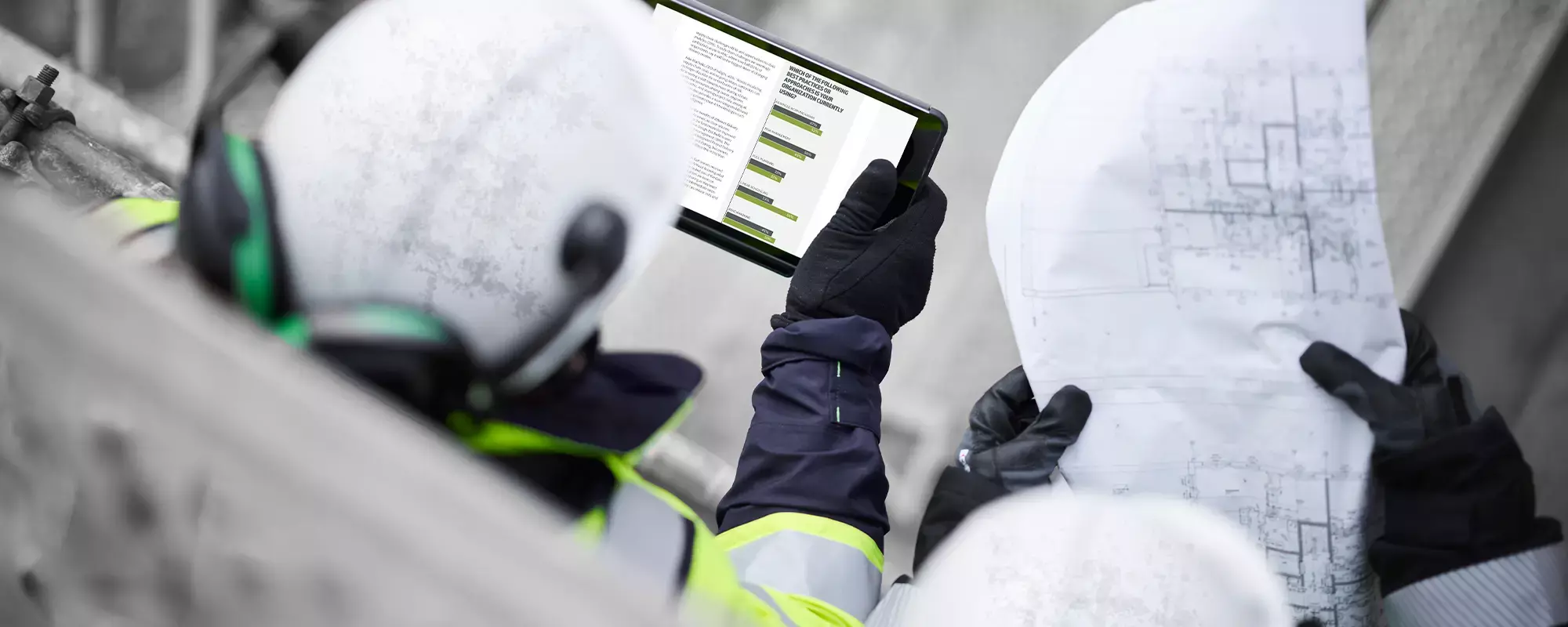In construction, project closeout is somewhat of a paradox. While it’s anticipated because it means the completion of a project is approaching and final payments are released, the process itself doesn’t always go smoothly, which can be the source of aggravating delays and unnecessary headaches. And the more complicated the project, the longer and more involved the closeout can be.
The steps involved in a project closeout are fairly consistent across projects, some with a standard yet critical set of deliverables. To get to that point successfully — especially for those complex capital projects — requires more than merely ticking off a long list of action items. It needs a strategy. One that makes sure all the moving parts involved in the closeout are aligned from the start.
There are several items you can put in place to give you more control over this very involved process so that it goes as smoothly as possible.
Start before construction begins
It’s very name, project closeout, is clear on the timing of this process. And yet, this timing often leads to the rush and crush of final tasks within a tight period near the completion deadline. But who said you had to hold off until the end to start on all those tasks? Spreading out those activities throughout the project life cycle and launching them ideally before the first day of construction, is one of the most effective strategies to make the process more manageable. And it can help ease up on the frustration and flurry of activity that has defined the closeout phase.
The earlier you start, the fewer hassles and delay risks there will be as completion nears. That will make your client — and you — that much more confident in the outcome.
Have checklists in place at the project’s beginning
We noted earlier that project closeout is more than “ticking off a long list of action items.” But that doesn’t mean it still isn’t a critical step in the process. As part of that early-start approach above, this is where checklists should make their first appearance. Ideally these are in place for punch lists and commissioning so they’re begun at the project’s start. These may seem to some contractors as being a bit too early because they’ve typically been deferred to the last part of the construction phase. Given the complex nature of today’s capital projects, introducing these punch lists at the start of construction rather than the end not only keeps these normally long lists shorter and more manageable, but your site crews have a better chance of staying on top of defects and addressing them before they have a chance to become slated for rework. And we know how detrimental rework is as the completion date nears.
To further reduce final phase mayhem, you’ll also want your project closeout checklist prepared early on as well so you have an idea of what your closeout process will entail as it approaches. Referring to it throughout the construction phase will help you review, verify, secure or file what you’re able to ahead of time.
Ensure a quality assurance (QA) plan is in place
A QA plan is going to set the standard for how to approach the project and the closeout so mistakes in design and execution are prevented. Unfortunately it’s not practiced often. And that could be one reason why closeouts tend to be more chaotic than they need to be. Historically this documentation-heavy process has been done manually. Going digital can make the QA workflow much more effective in helping everyone avert errors and adhere to design and structural fundamentals as well as client requirements.
Develop a solid change order process
Some change orders are unavoidable. Others can be like potholes that slow down progress throughout the construction life cycle. And project closeout certainly isn’t the time to be discovering unresolved ones — particularly when you may not have enough skilled workers to complete those items.
The good news is that some change orders can be prevented by establishing a more formal process. This process ensures they’re accounted for as closeout approaches, which can reduce the proliferation of late-stage rework. And it can set the expectation that scope, schedule and cost impact should be clearly stated for each change to lower the risks of miscommunication and stalled resolution.
Of course, this can depend heavily on the due diligence performed in the planning stages as inaccurate and incomplete scope are often a source of future change orders. This can affect resulting bids and estimates if they’re not properly evaluated for scope alignment.
Centralize all documentation in the cloud
Cloud-based documentation software serves as a virtual paper trail and storage cabinet each authorized team member can access when assembling respective project closeout items. With one centralized location for contracts, project plans, incurred costs, punch lists for testing and compliance, and change orders, it removes late-stage hustle and confusion caused by having to recreate lost or misplaced documentation. That same virtual repository also acts as a communication hub for on-site and back-office teams to collaborate as they’re assembling closeout materials. With the administrative part of closeout being expedited more quickly, handover to the client and facilities management team becomes smoother and less cumbersome.
Digitize the project closeout process
Can a traditionally long project closeout process be simplified? Absolutely — by digitizing it. Your best bet is going to be an integrated platform that helps you put the above strategy items into manageable practice. It doesn’t mean you have to ditch paper entirely — some owners may want print materials on handover in addition to the digital version. But migrating to an integrated platform can speed up the project closeout steps, make it easier to track and sign off on action items, and eliminate much of the frustration long associated with this often dreaded, imprecise and manual process.
Want to learn more before your next big capital project? We’re happy to take you through a demo of InEight integrated project controls platform and show you how it can bring visibility and insights not only to your project closeout but the entire project life cycle from planning to handover.




